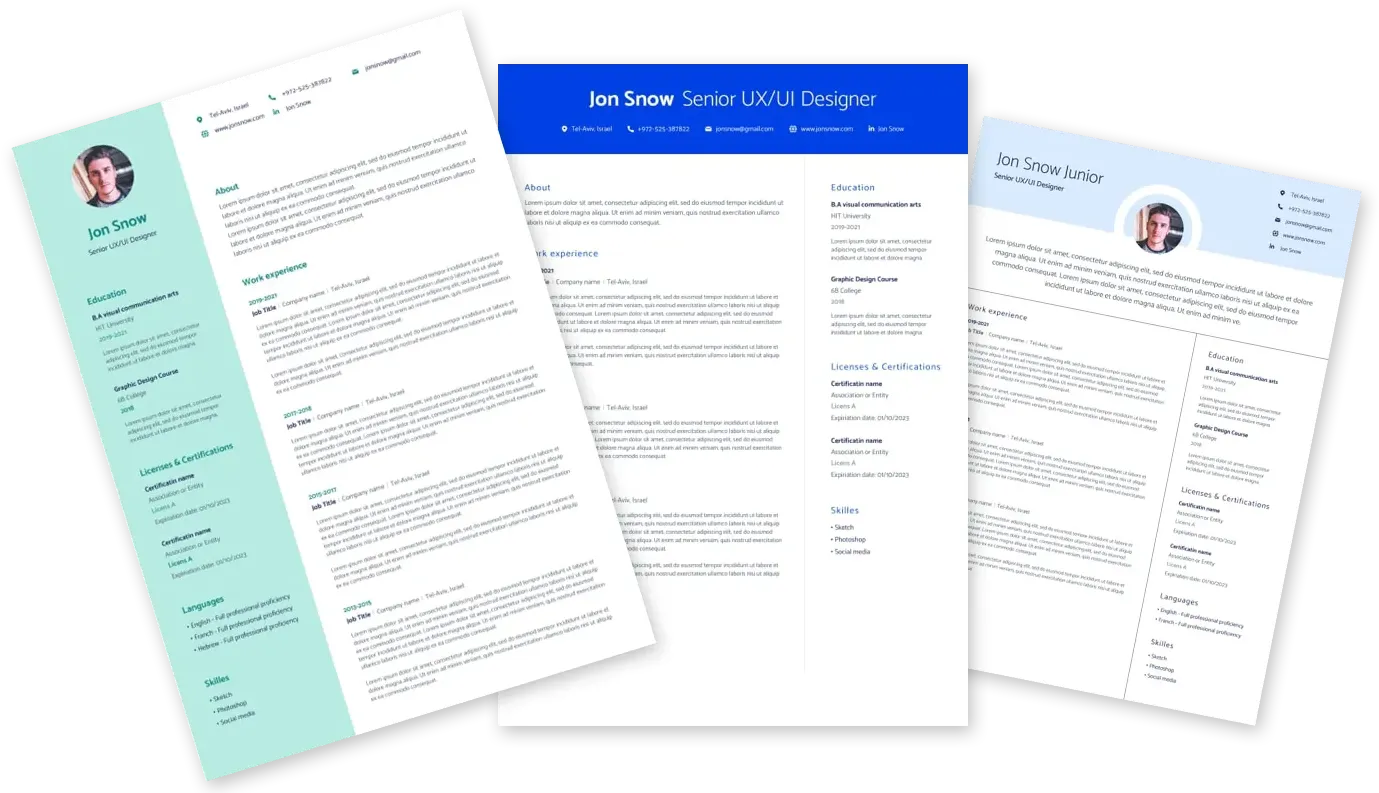
המקום בו המומחים והחברות הטובות ביותר נפגשים

JPMorgan Sr Principal Cybersecurity Architect - United States, Texas, Plano 392901284
24.04.2025
Job responsibilities
- Cultivate security culture. Products that have the right security culture will strive to prioritize sustainable controls and driving real risk reduction outcomes.
- Embed threat modeling, security architecture, secure code review into product and application teams to ensure products are created secure from the start.
- Know database products across their breadth and depth. Be fluent in your product’s strategy and roadmap as well as its key investment programs.
- Be your product’s security thought leader. Learn from your product and cybersecurity teams and share best practice in both directions. Be recognized in your product as the clear point of escalation and subject matter expert for IT Risk and Cyber domains.Advises and leads the cybersecurity strategy and development of multiple products, applications, and technologies across a portfolio
- Translates highly complex technical issues, trends, and approaches to leadership to drive the firm’s innovation and enable leaders to make strategic, well-informed decisions about target state architecture
- Drives the adoption and implementation of new technical methods in cybersecurity in line with the latest product development methodologies
- Creates durable, reusable cybersecurity frameworks that improves velocity and quality of output across teams and functions
- Monitor Key Risk Indicators to ensure issues are identified, quantified, communicated, and managed in a timely manner, including recommendations for resolution, and identifying the root cause
- Work collaboratively with product, technology, and business colleagues on an on-going basis for business-as-usual audit and regulatory engagements, risk activities and project initiatives.
- Guides the evaluation of current cybersecurity principals, processes, and controls, and leads the evaluation of new technology using existing standards and frameworks
- Regularly provides technical guidance and direction to support the business and its technical teams, contractors, and vendors
Required qualifications, capabilities, and skills
- Formal training or certification on software engineering* concepts and 10+ years applied experience
- Practical experience delivering cybersecurity architecture that can be applied and reused across businesses, functions, and systems
- Proficient in database access control mechanisms, such as role-based access control (RBAC) and fine-grained access control (FGAC) mechanisms in DB systems.
- Proficient in database auditing and monitoring solutions to detect and respond to potential security breaches.
- Proficient in database vulnerability assessment and penetration testing methodologies to identify and remediate security weaknesses.
- Experience with secure database architecture design, including tenant isolation, and database hardening techniques
- Proficient in database backup, recovery, and disaster recovery strategies to ensure data availability and resilience against attacks or failures.
- Experience with Integration of database security with identity and access management (IAM) systems, such as single sign-on (SSO), multi-factor authentication (MFA) and newer technologies like OAuth and OpenID.
- Familiarity with securing various database management systems (DBMS), such as Oracle, Microsoft SQL Server, MySQL, PostgreSQL, and NoSQL databases such as MongoDB, Neo4J, TigerGraph.
- Extensive practical cloud native experience- AWS, GCP and/or Azure.
- Ability to evaluate current and emerging technologies to recommend the best technology solutions or approach to achieve the future state cybersecurity architecture
משרות נוספות שיכולות לעניין אותך
